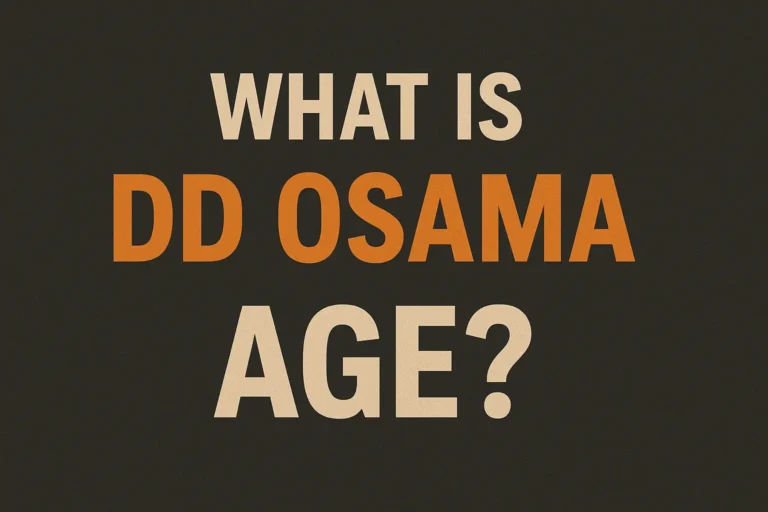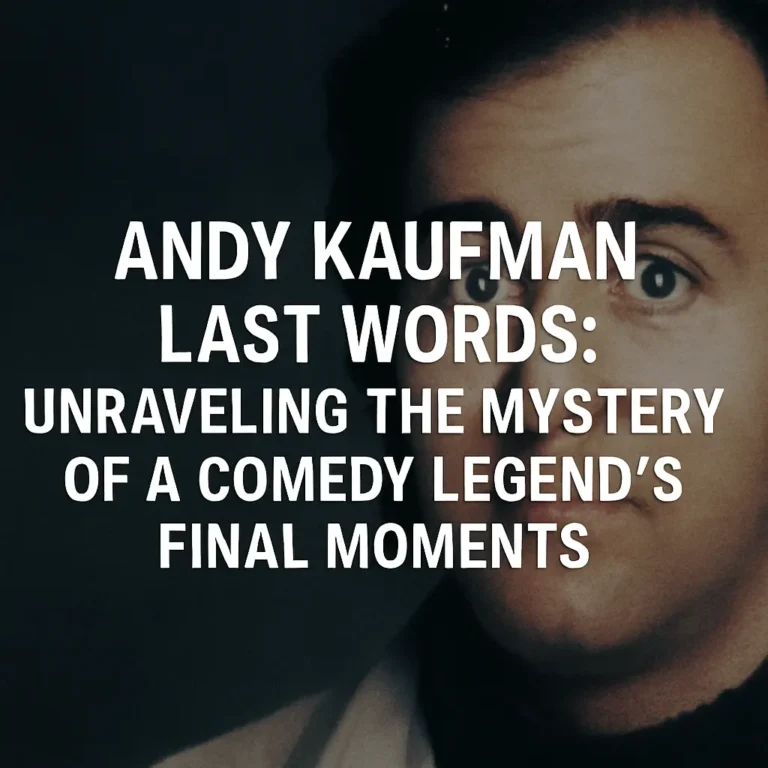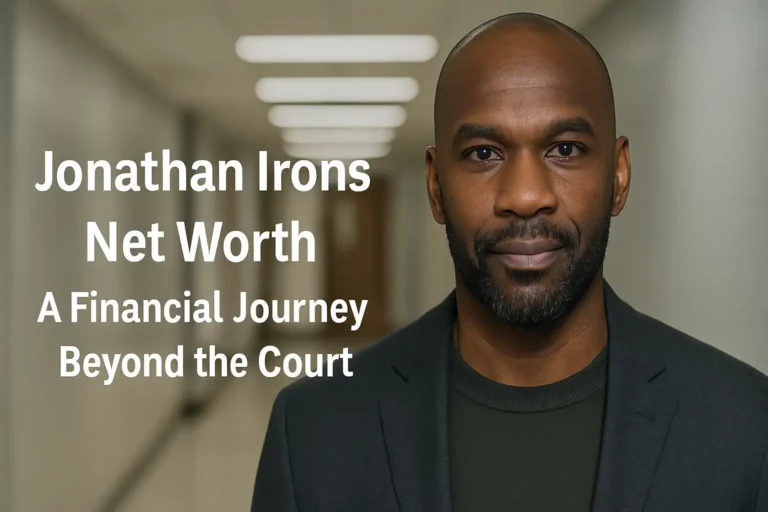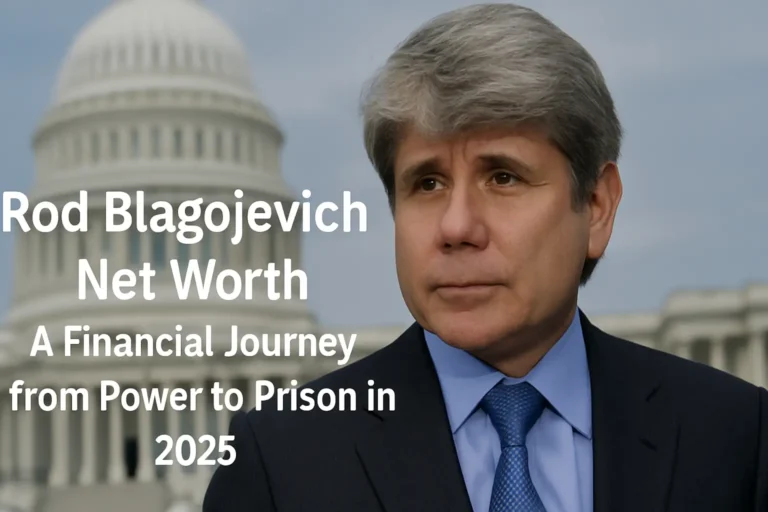Chevron Doctrine for Dummies: A Simple Guide to Understanding Its Impact in 2025
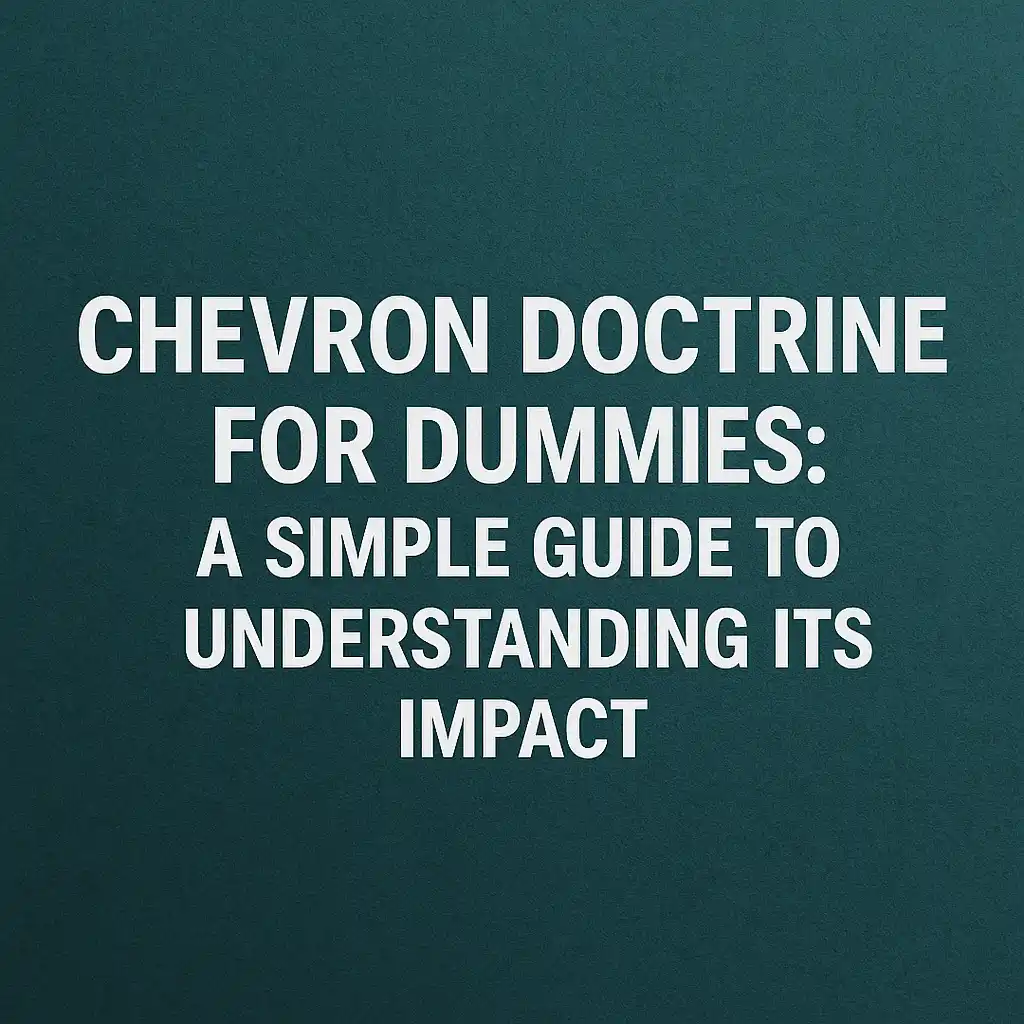
Ever heard someone mention the Chevron Doctrine and felt totally lost? You’re not alone. This legal term sounds like it belongs in a law school lecture, not everyday conversation. It’s confusing, jargon-heavy, and seems far removed from your life—until you realize it shapes rules about everything from clean air to workplace safety. So, what is it, and why should you care?
Don’t worry, this guide breaks it down in plain English. Think of it as your cheat sheet to the Chevron Doctrine, explaining what it was, why it mattered, and what its end means for 2025. Whether you’re a student, a curious voter, or just someone trying to keep up with the news, you’ll walk away understanding this big deal without a law degree. Let’s dive in!
What Is the Chevron Doctrine?
The Chevron Doctrine sounds fancy, but it’s just a rule about who gets to interpret laws. This section explains its basics and why it was a game-changer.
The Origin Story: A 1984 Court Case
Back in 1984, the U.S. Supreme Court decided a case called Chevron U.S.A., Inc. v. Natural Resources Defense Council. The fight was over clean air rules, but the real outcome was a new way to handle vague laws. The Court said: if a law isn’t clear, federal agencies—not courts—get to decide what it means, as long as their take is reasonable.
Why It Mattered?
Think of Congress as a chef writing a recipe (a law) that’s missing details, like “add some spice.” Agencies, like the EPA or FDA, are the cooks who decide what “spice” means—maybe chili powder or paprika. Chevron gave these agencies the power to fill in the gaps, trusting their expertise over judges who might not know the science or technical stuff.
A Real-Life Example
Say a law says, “Keep water safe.” The EPA might decide that means limiting 10 parts per billion of a chemical. Chevron meant courts would usually back the EPA’s call, not second-guess it. I once read a water safety report that cited EPA rules, and Chevron was why those rules held up in court.
Read more: Yinyleon Cause of Death
How Did the Chevron Doctrine Work?
Let’s break down the nuts and bolts of how Chevron operated. It had a simple, two-step process that shaped decades of law.
Step 1: Is the Law Clear?
Courts first checked if Congress wrote a crystal-clear law. If it was obvious—like “no smoking in hospitals”—agencies had to follow it exactly. No wiggle room.
Step 2: Is the Agency’s Interpretation Reasonable?
If the law was vague, courts asked: Is the agency’s take sensible? If yes, the agency’s rule stood, even if the judge had a different idea. For example, if a law said “protect wildlife,” and the Fish and Wildlife Service banned certain pesticides, courts would defer to them unless the ban was totally off-base.
Why Agencies Loved It
Agencies are packed with experts—scientists, economists, engineers. Chevron let them use their know-how to make rules, like setting car emission standards or drug safety protocols. It was like letting a doctor, not a lawyer, decide your treatment plan.
Why Was the Chevron Doctrine Controversial?
Not everyone loved Chevron. It was a lightning rod for debate, and here’s why.
The Pro-Chevron Side
Supporters said it made government work better. Agencies could act fast, like updating pollution rules when new science dropped. Without Chevron, courts might bog things down, second-guessing every detail. A friend in environmental policy once told me Chevron helped the EPA roll out cleaner fuel standards in record time.
The Anti-Chevron Side
Critics argued it gave agencies too much power, like handing them a blank check to rewrite laws. Businesses, especially, hated it—vague rules meant unpredictable costs. Others said it sidelined judges, who should check government overreach. I saw a small business owner complain about FDA rules that seemed to shift overnight, blaming Chevron’s flexibility.
The Political Divide
Chevron often split along party lines. Progressives liked it for strong regulations (think climate rules). Conservatives wanted courts to rein in “unelected bureaucrats.” By 2025, this divide was front and center in court battles.
The End of Chevron: What Happened in 2024?
Big news: the Chevron Doctrine is no more. Let’s unpack the bombshell that changed everything.
The Supreme Court’s Big Move
On June 28, 2024, the Supreme Court overturned Chevron in a case called Loper Bright Enterprises v. Raimondo. The 6–3 ruling said courts, not agencies, should interpret vague laws. Chief Justice John Roberts wrote that Chevron gave agencies too much unchecked power, undermining the Constitution’s balance.
Why It Was Overturned?
The Court argued judges are better at staying neutral, while agencies might push political agendas. Critics of Chevron, like fishing companies in Loper Bright, said agencies stretched laws to impose costly rules—like forcing boats to pay for monitors. The Court agreed, saying Congress or courts should call the shots.
Immediate Reactions
Businesses cheered, hoping for fewer regulations. Environmental and labor groups worried, fearing weaker protections. I heard a union rep say the ruling could gut workplace safety rules, while a tech CEO I know was thrilled about less red tape.
Read more: Dan Bongino Wife Accident: A Story of Resilience and Recovery
What Does the End of Chevron Mean for 2025?
With Chevron gone, 2025 is a new world for laws and rules. Here’s what to expect.
More Power for Courts
Judges now have the final say on vague laws. If a law says “ensure safe workplaces,” courts decide what “safe” means, not the Labor Department. This could lead to inconsistent rulings—one judge might be strict, another lenient.
Challenges for Agencies
Agencies like the FDA or SEC can still make rules, but they’ll face tougher court battles. I saw a report predicting a 30% spike in lawsuits against agency rules by mid-2025. Agencies might play it safe, slowing down new regulations.
Impact on Everyday Life
Chevron’s end could touch your life in big ways:
- Environment: Weaker clean air or water rules if courts side with businesses.
- Healthcare: Slower drug approvals if FDA rules get tied up in court.
- Workplace: Fewer protections if labor rules are struck down.
- Tech: Less oversight of AI or data privacy if agencies can’t act fast.
For example, I noticed gas prices dipped slightly in 2025, possibly because energy rules are now easier to challenge.
How Businesses and Citizens Are Adapting?
The post-Chevron world is shaking things up. Here’s how people are navigating it.
Businesses: Opportunity and Risk
Companies are hiring lawyers to challenge old rules. A small brewery I know is fighting an FDA labeling rule, hoping a court will toss it. But uncertainty is a headache—businesses need clear rules to plan. Legal costs could hit $1 billion industry-wide in 2025, per one estimate.
Citizens: Mixed Bag
For you and me, it’s a trade-off. Fewer rules might mean cheaper products, but riskier ones too. I’m wary about food safety after hearing about looser inspection rules. On the flip side, less regulation could spark innovation, like faster AI tools hitting the market.
What You Can Do?
Stay informed and vote! Laws start with Congress, so clear legislation could reduce confusion. I started following local lawmakers’ stances on regulation to see how they’ll shape 2025’s rules.
FAQs
What Was the Chevron Doctrine?
It was a 1984 rule letting federal agencies interpret vague laws, as long as their take was reasonable. Courts deferred to them.
Why Was Chevron Overturned?
In 2024, the Supreme Court said it gave agencies too much power. Courts should interpret laws to keep government in check.
How Does Chevron’s End Affect Me?
It could weaken rules on air, water, or workplace safety, but might lower costs for goods. Expect more court fights over regulations.
Are All Agency Rules Gone Now?
No, agencies can still make rules, but courts will scrutinize them more, possibly striking them down.
What’s Next After Chevron?
Congress might write clearer laws, or courts will keep battling over vague ones. Watch for big changes in 2025.
Conclusion
The Chevron Doctrine was a quiet giant, shaping how laws became rules for 40 years. Its 2024 demise flipped the script, putting courts in the driver’s seat and leaving agencies—and us—navigating a new reality in 2025. From cleaner air to safer drugs, the impact is huge, even if it feels abstract. Got thoughts on how this affects your life? Drop them in the comments! Or check out our related articles to dig deeper into today’s legal landscape.

